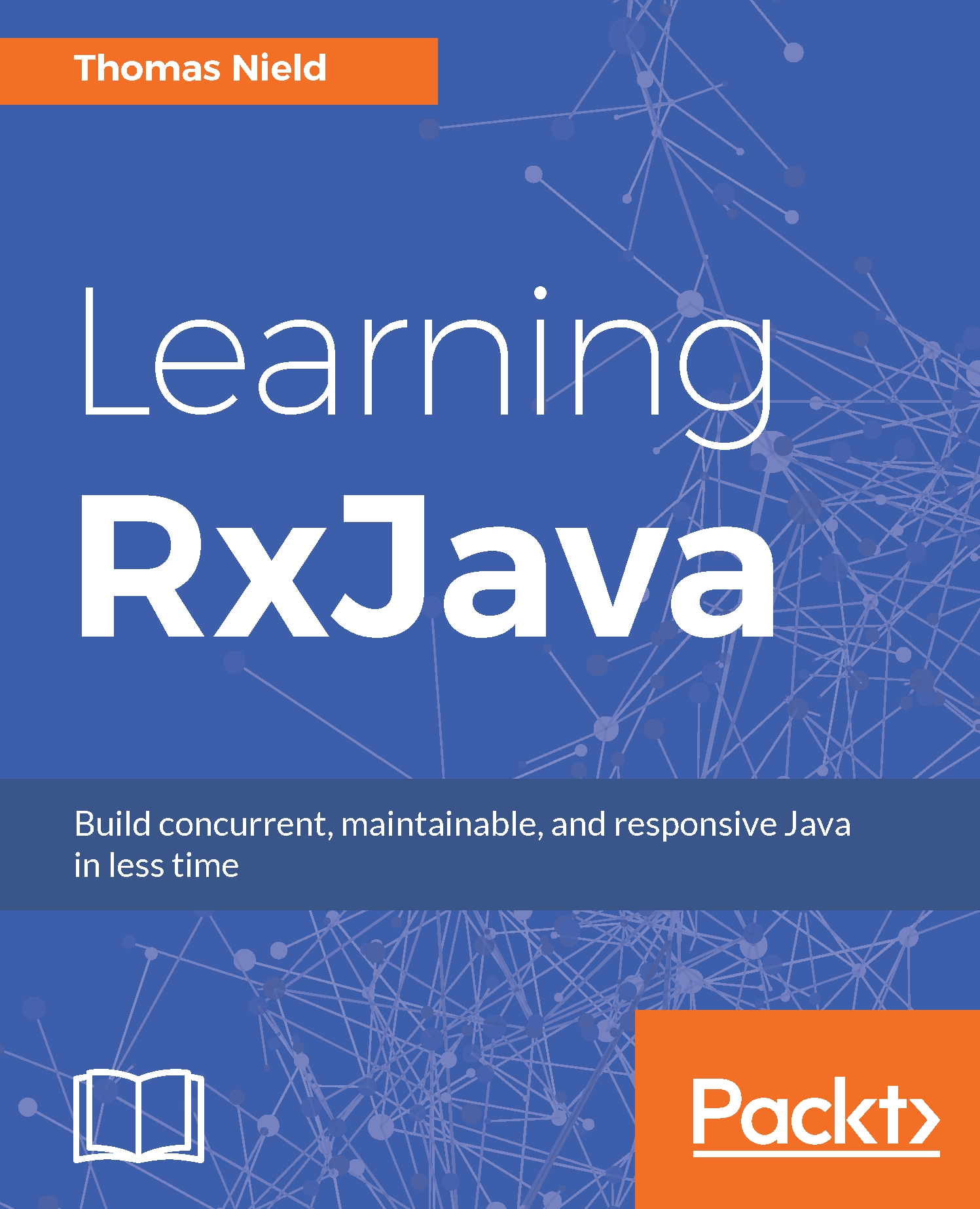It is not uncommon to run into situations where an Observable is producing emissions faster than an Observer can consume them. This happens particularly when you introduce concurrency, and the Observable chain has different operators running on different Schedulers. Whether it is one operator struggling to keep up with a preceding one, or the final Observer struggling to keep up with emissions from the upstream, bottlenecks can occur where emissions start to queue up behind slow operations.
Of course, the ideal way to handle bottlenecks is to leverage backpressure using Flowable instead of Observable.The Flowable is not much different than the Observable other than that it tells the source to slow down by having the Observer request emissions at its own pace, as we will learn about it in Chapter 8, Flowables and...



